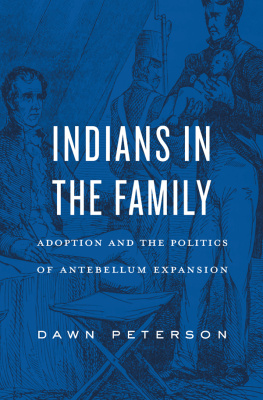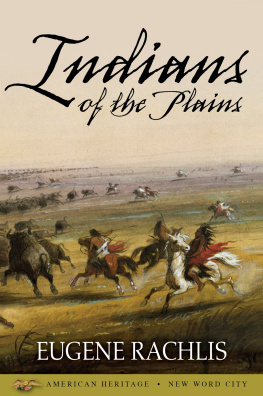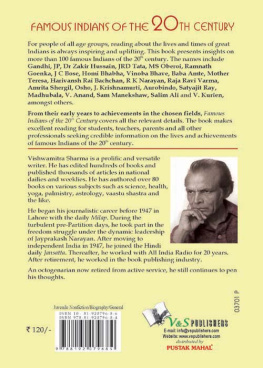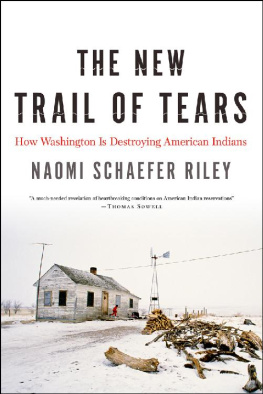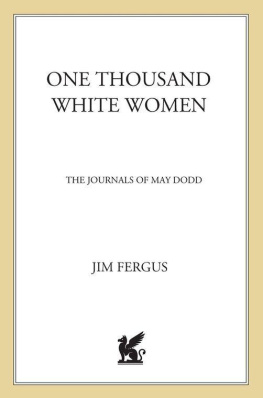David J. Silverman - Red Brethren: The Brothertown and Stockbridge Indians and the Problem of Race in Early America
Here you can read online David J. Silverman - Red Brethren: The Brothertown and Stockbridge Indians and the Problem of Race in Early America full text of the book (entire story) in english for free. Download pdf and epub, get meaning, cover and reviews about this ebook. City: Ithaca, year: 2016, publisher: Cornell University Press, genre: History / Science. Description of the work, (preface) as well as reviews are available. Best literature library LitArk.com created for fans of good reading and offers a wide selection of genres:
Romance novel
Science fiction
Adventure
Detective
Science
History
Home and family
Prose
Art
Politics
Computer
Non-fiction
Religion
Business
Children
Humor
Choose a favorite category and find really read worthwhile books. Enjoy immersion in the world of imagination, feel the emotions of the characters or learn something new for yourself, make an fascinating discovery.

- Book:Red Brethren: The Brothertown and Stockbridge Indians and the Problem of Race in Early America
- Author:
- Publisher:Cornell University Press
- Genre:
- Year:2016
- City:Ithaca
- Rating:4 / 5
- Favourites:Add to favourites
- Your mark:
Red Brethren: The Brothertown and Stockbridge Indians and the Problem of Race in Early America: summary, description and annotation
We offer to read an annotation, description, summary or preface (depends on what the author of the book "Red Brethren: The Brothertown and Stockbridge Indians and the Problem of Race in Early America" wrote himself). If you haven't found the necessary information about the book — write in the comments, we will try to find it.
New England Indians created the multitribal Brothertown and Stockbridge communities during the eighteenth century with the intent of using Christianity and civilized reforms to cope with white expansion. In Red Brethren, David J. Silverman considers the stories of these communities and argues that Indians in early America were racial thinkers in their own right and that indigenous people rallied together as Indians not only in the context of violent resistance but also in campaigns to adjust peacefully to white dominion. All too often, the Indians discovered that their many concessions to white demands earned them no relief.
In the era of the American Revolution, the pressure of white settlements forced the Brothertowns and Stockbridges from New England to Oneida country in upstate New York. During the early nineteenth century, whites forced these Indians from Oneida country, too, until they finally wound up in Wisconsin. Tired of moving, in the 1830s and 1840s, the Brothertowns and Stockbridges became some of the first Indians to accept U.S. citizenship, which they called becoming white, in the hope that this status would enable them to remain as Indians in Wisconsin. Even then, whites would not leave them alone.
Red Brethren traces the evolution of Indian ideas about race under this relentless pressure. In the early seventeenth century, indigenous people did not conceive of themselves as Indian. They sharpened their sense of Indian identity as they realized that Christianity would not bridge their many differences with whites, and as they fought to keep blacks out of their communities. The stories of Brothertown and Stockbridge shed light on the dynamism of Indians own racial history and the place of Indians in the racial history of early America.
David J. Silverman: author's other books
Who wrote Red Brethren: The Brothertown and Stockbridge Indians and the Problem of Race in Early America? Find out the surname, the name of the author of the book and a list of all author's works by series.


